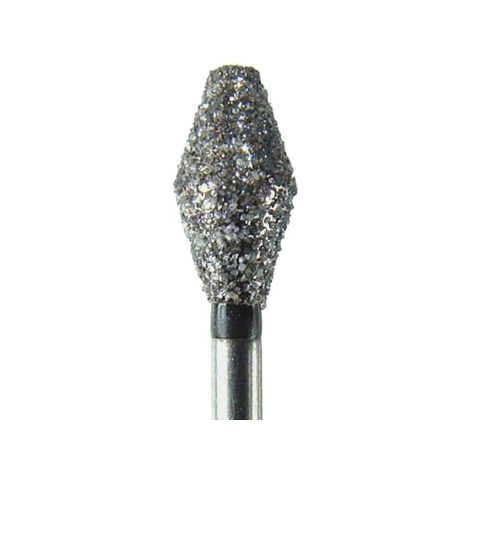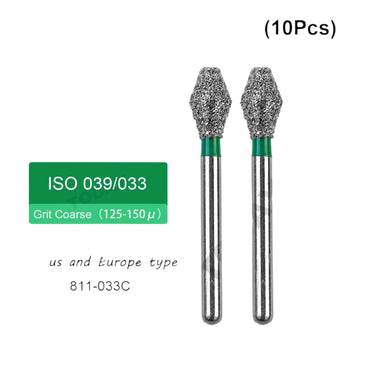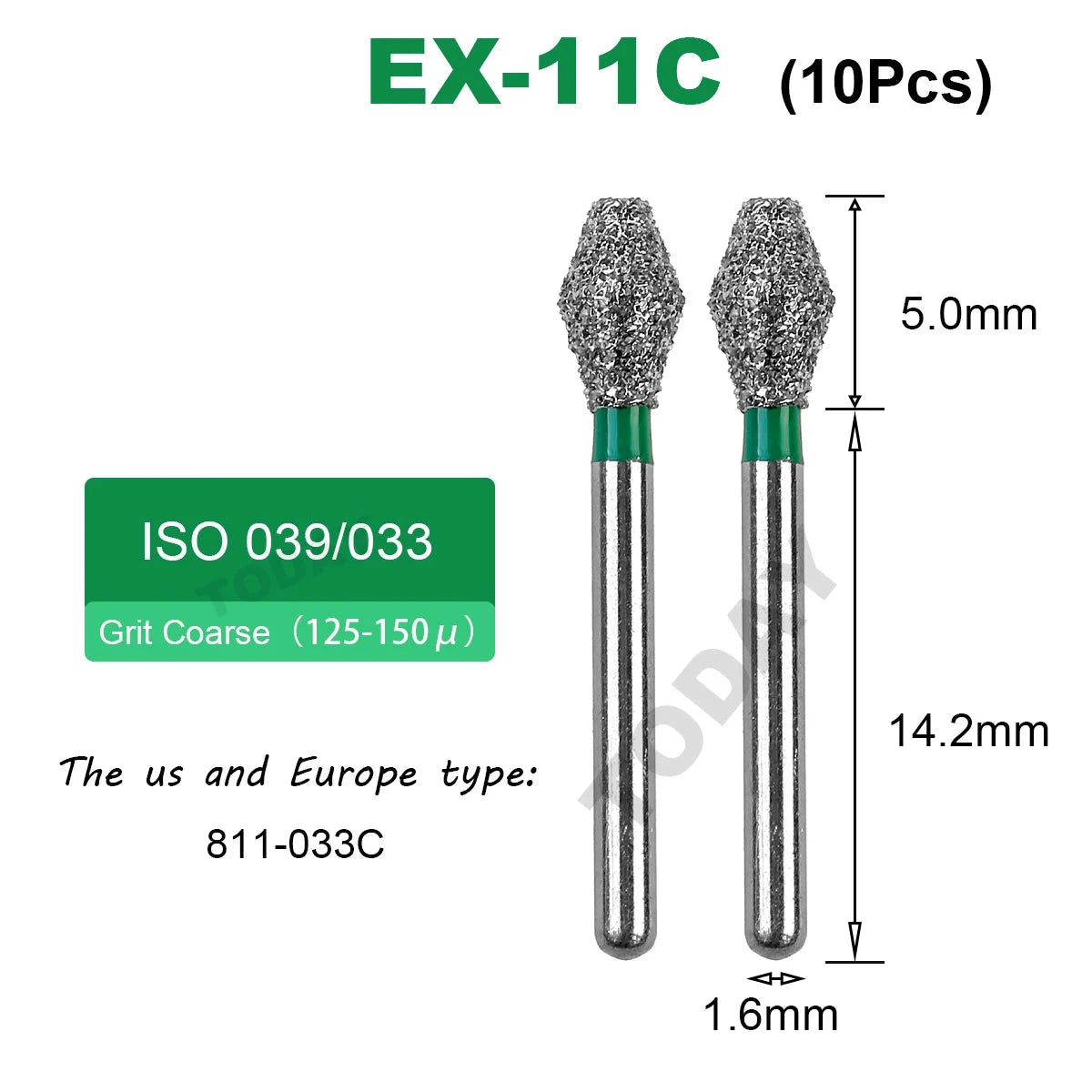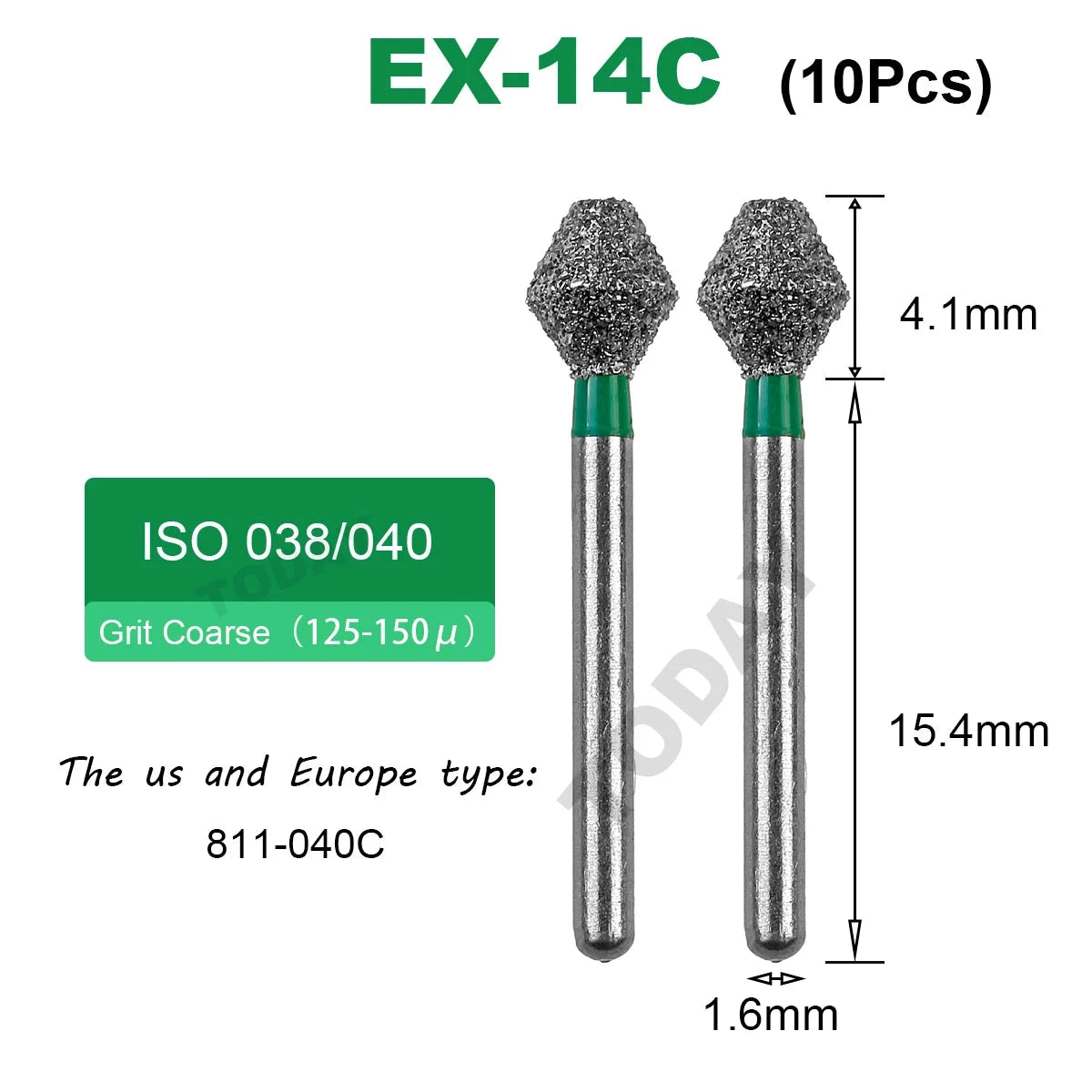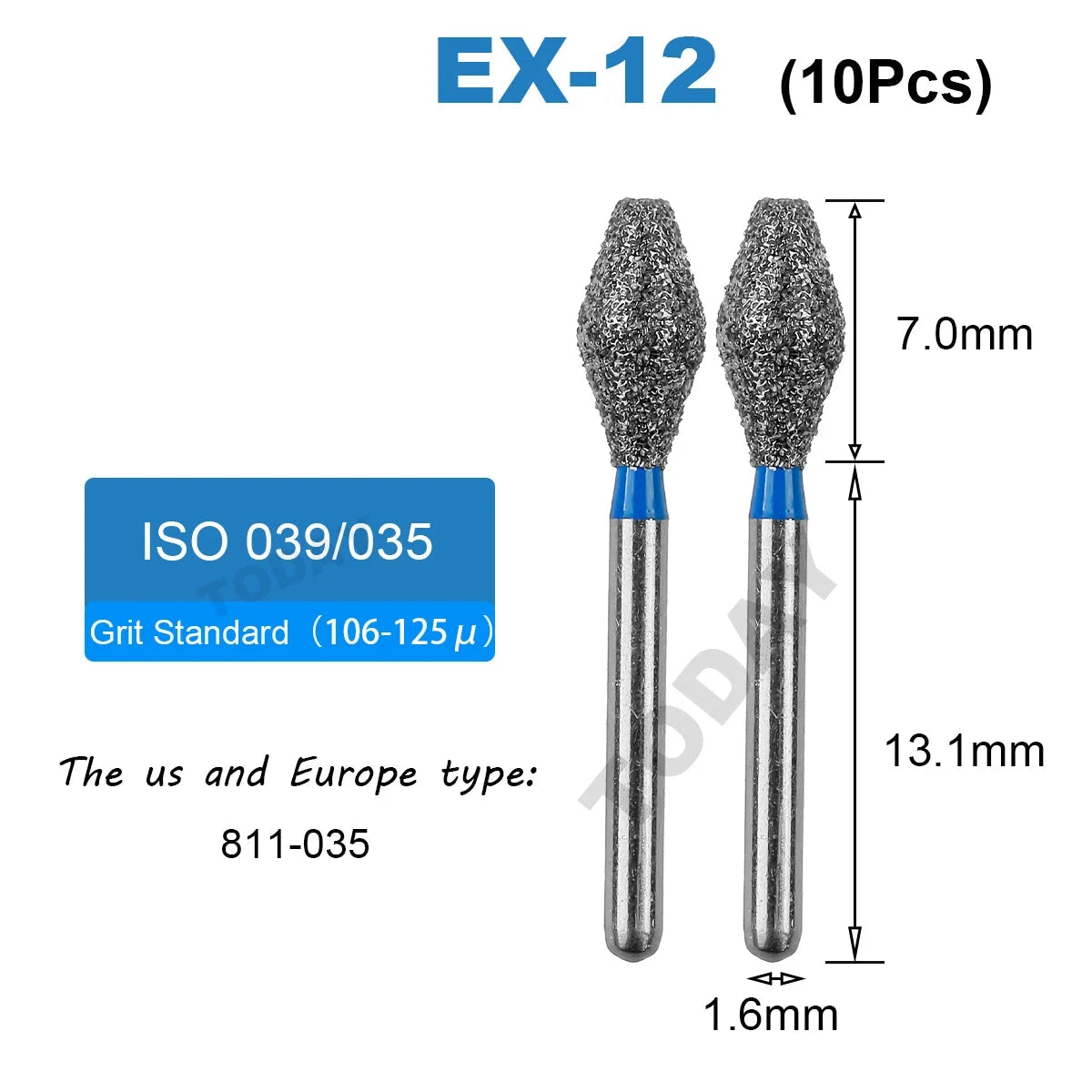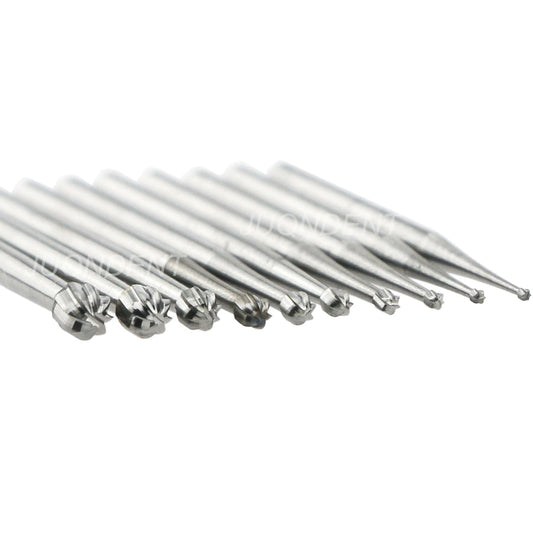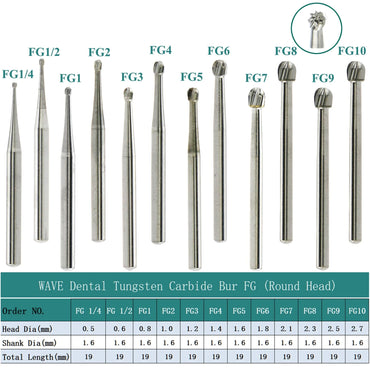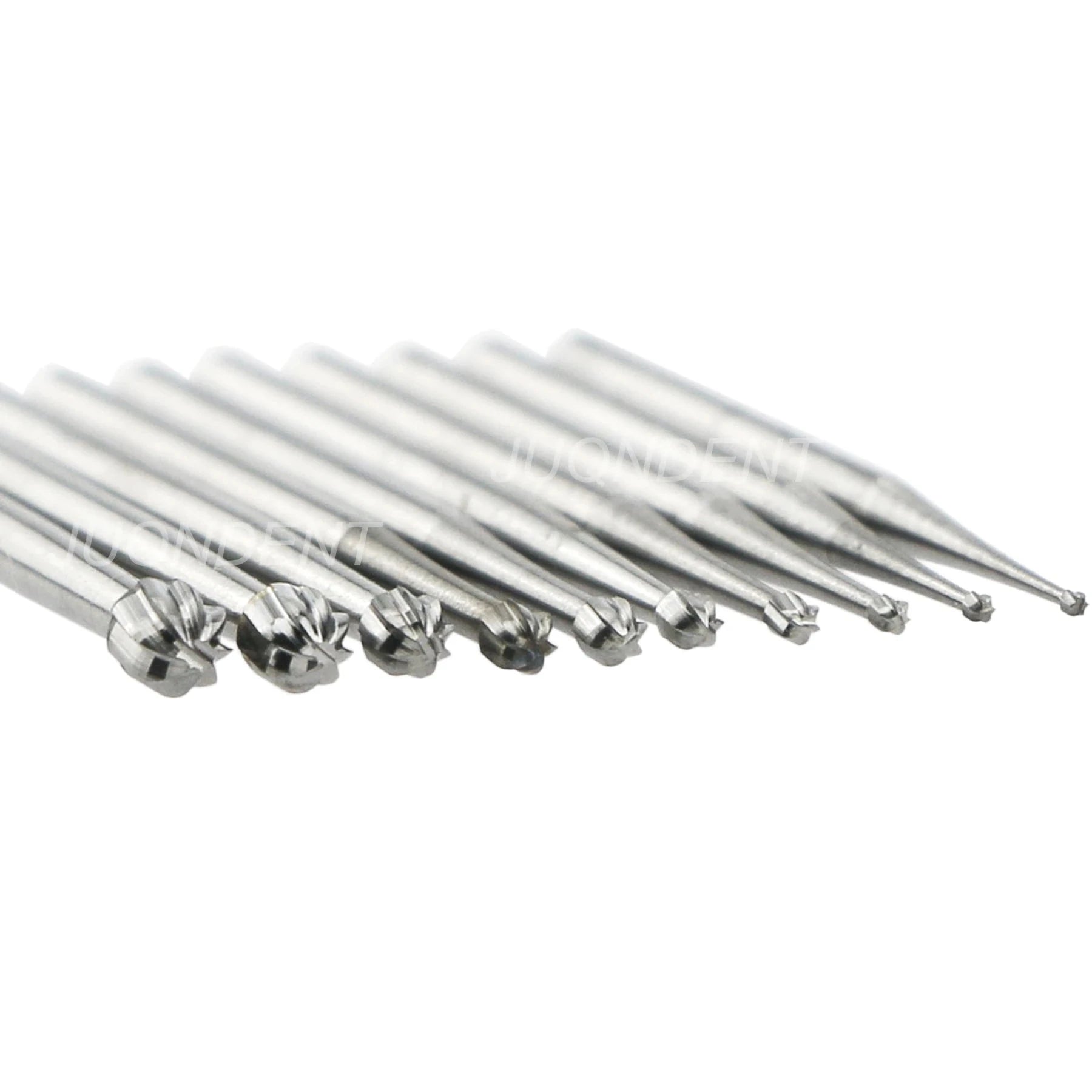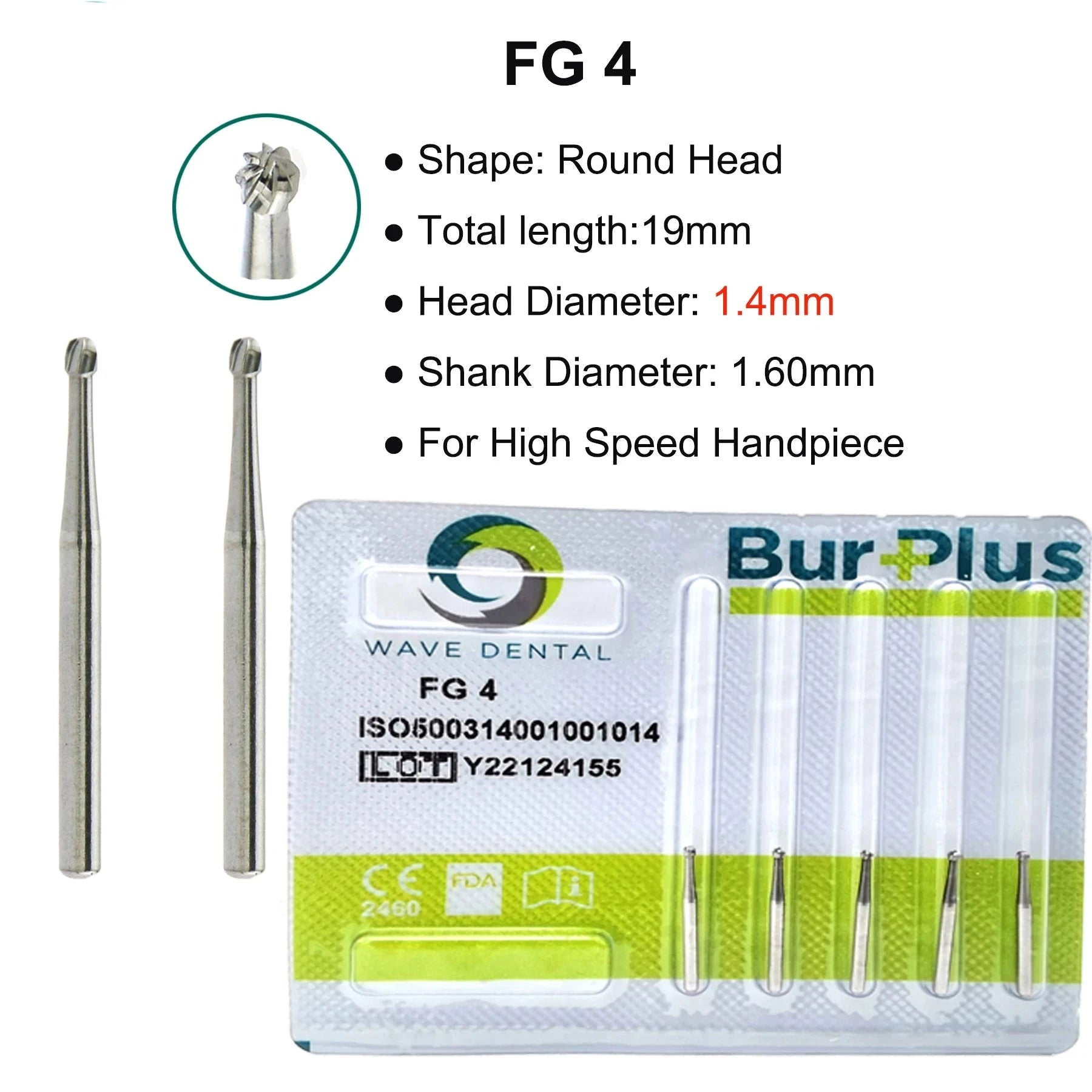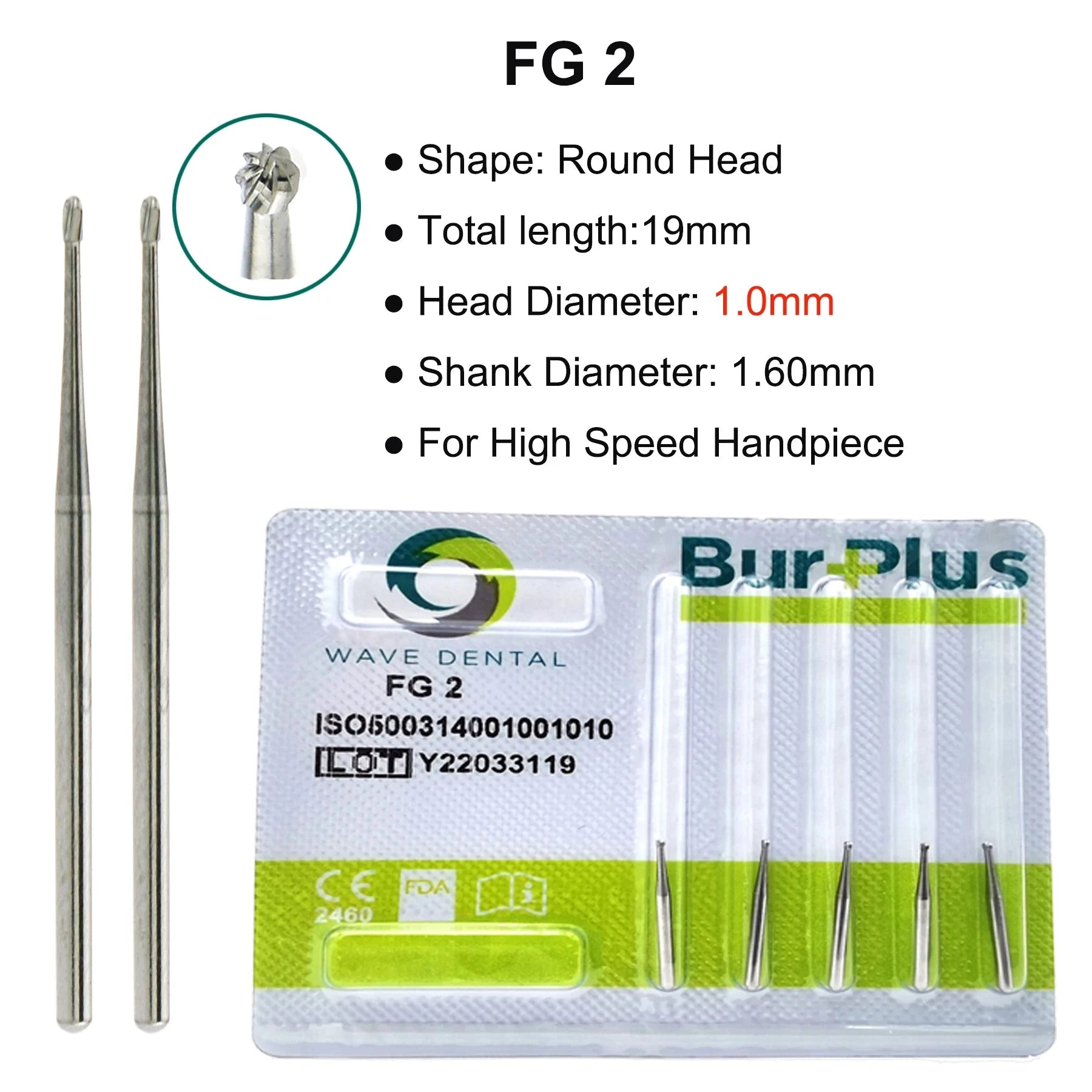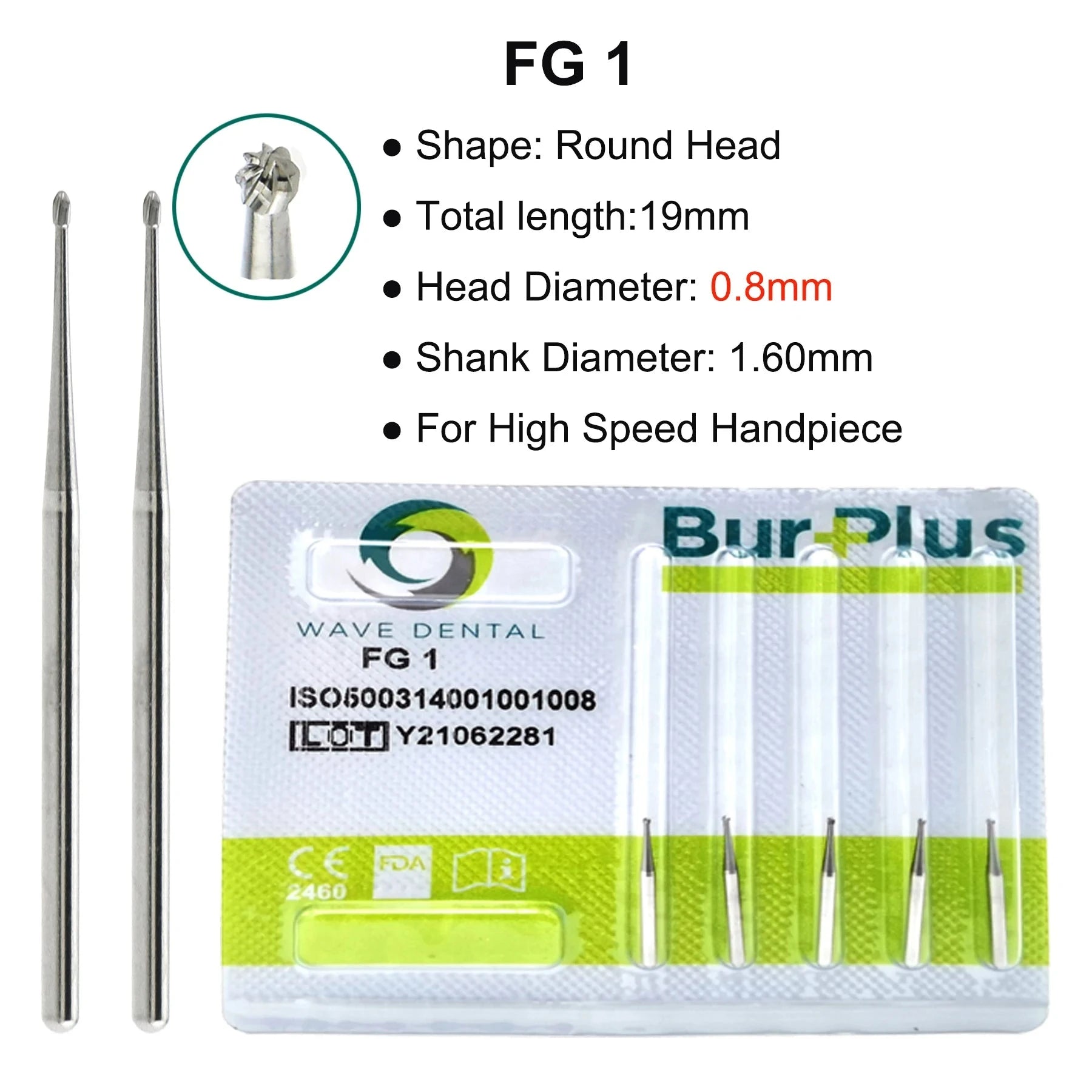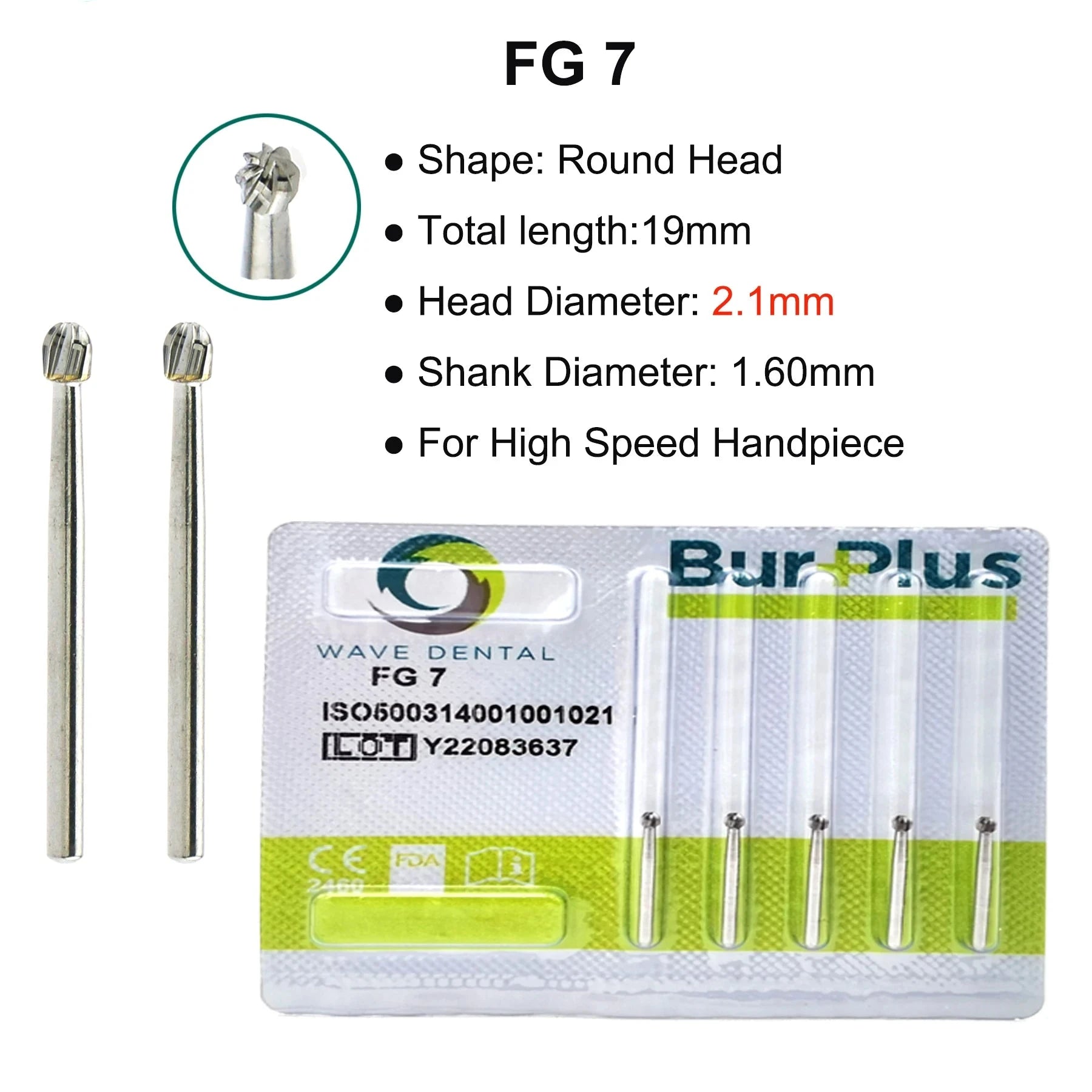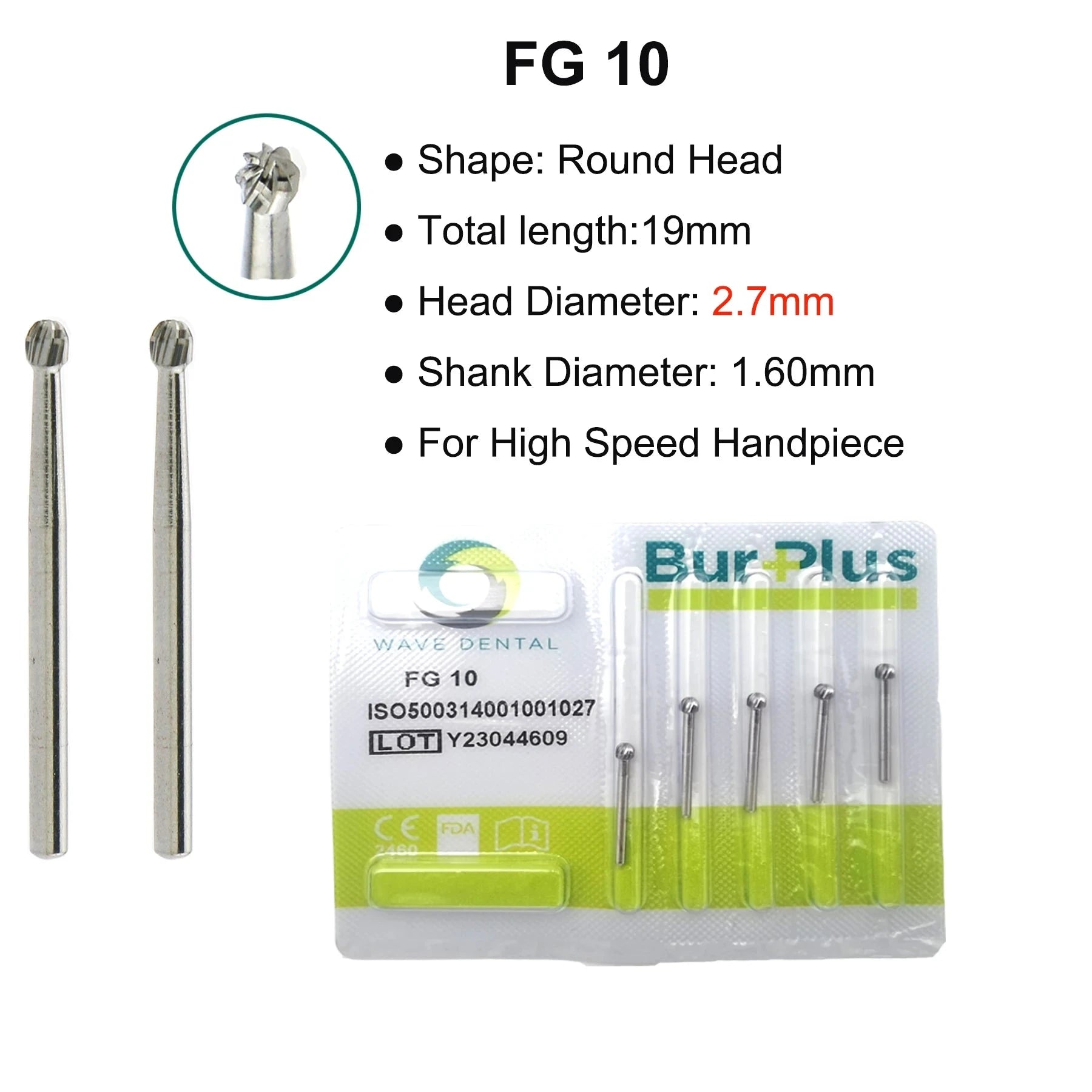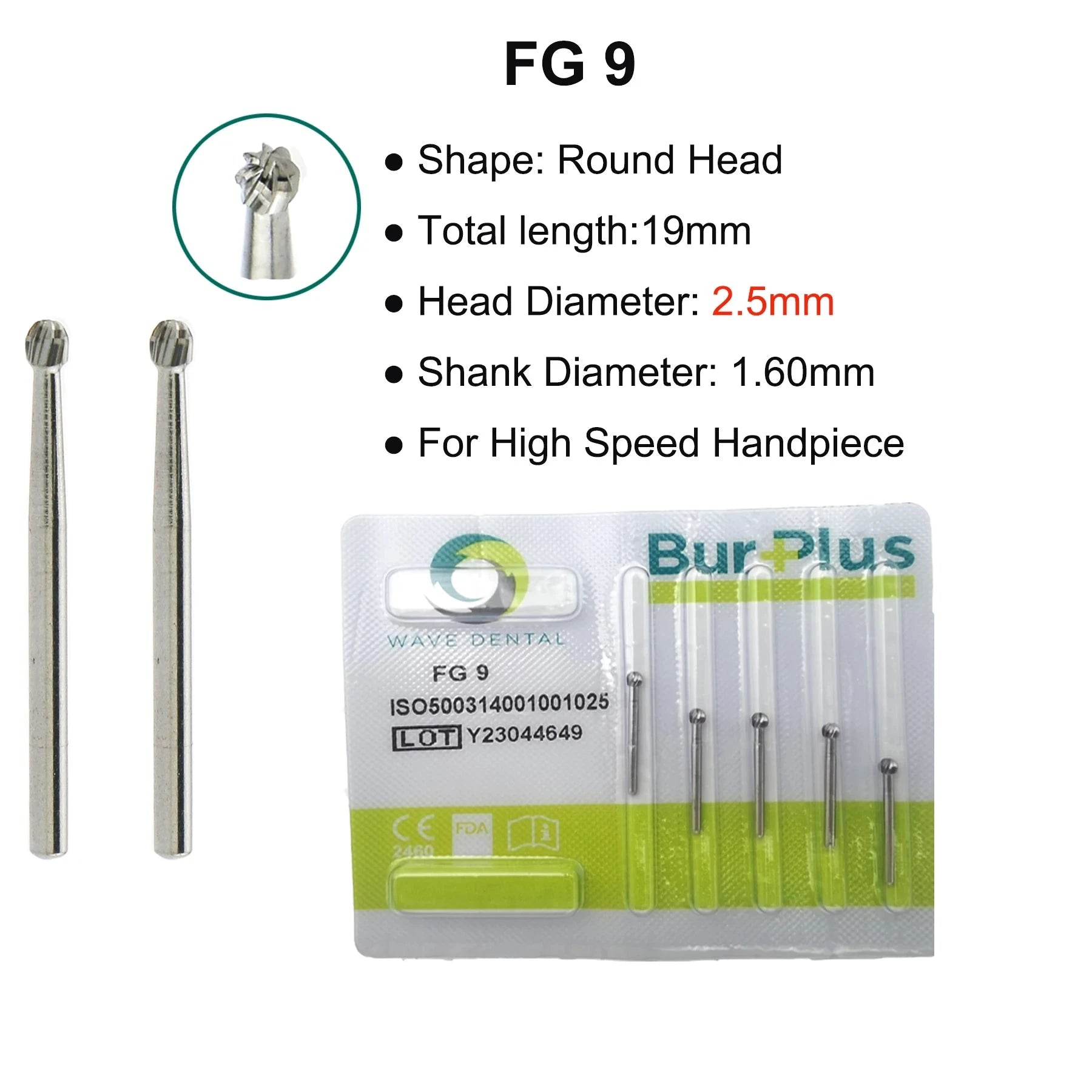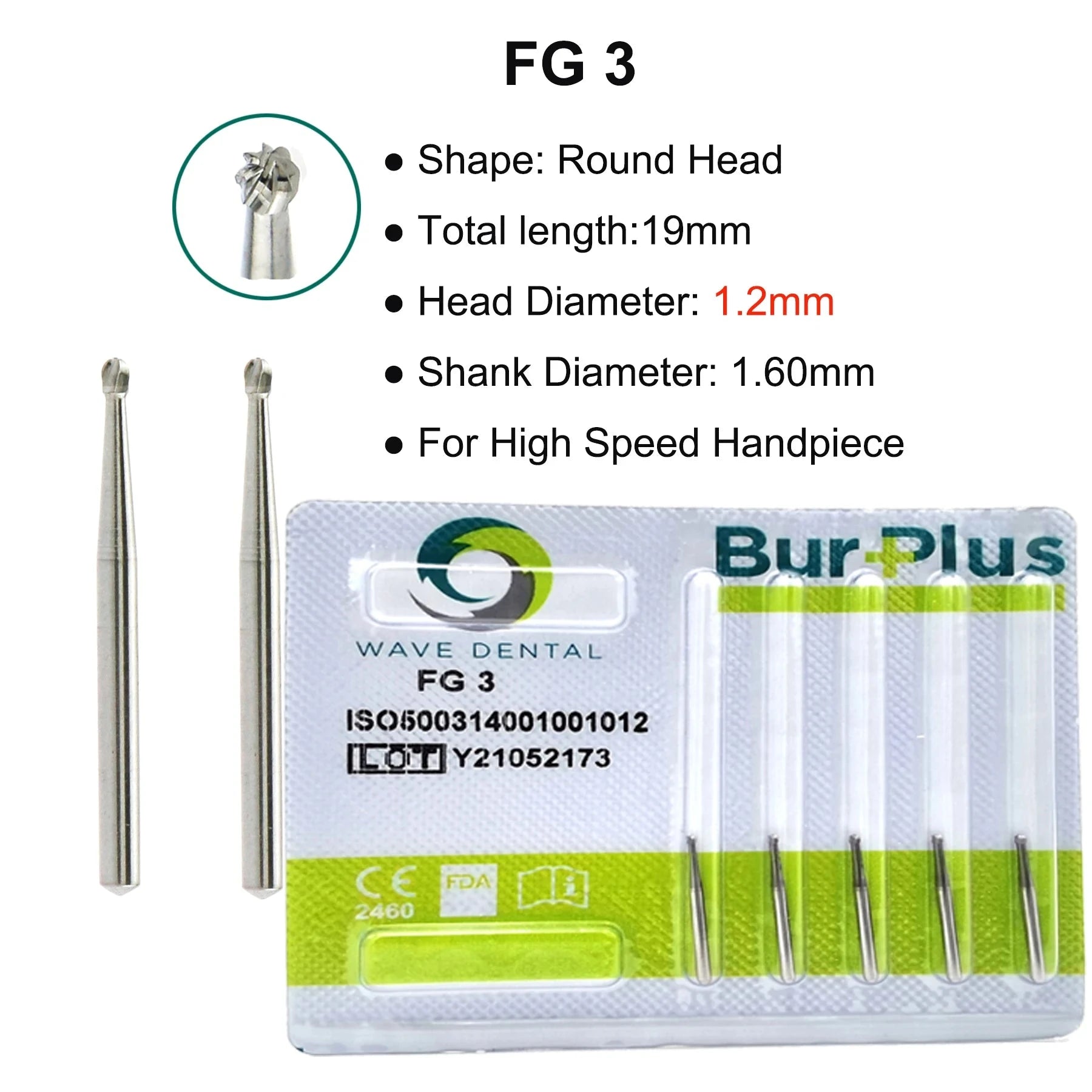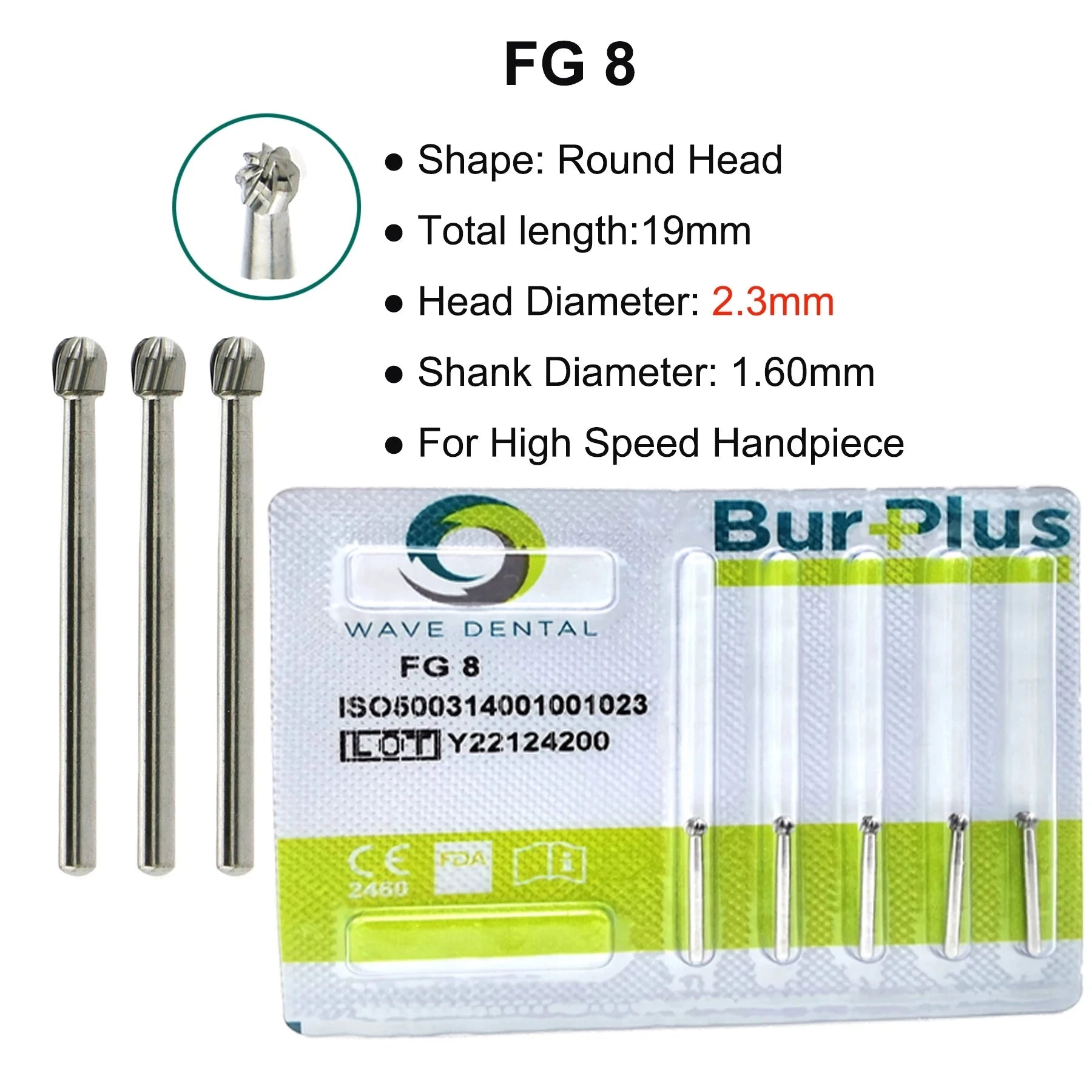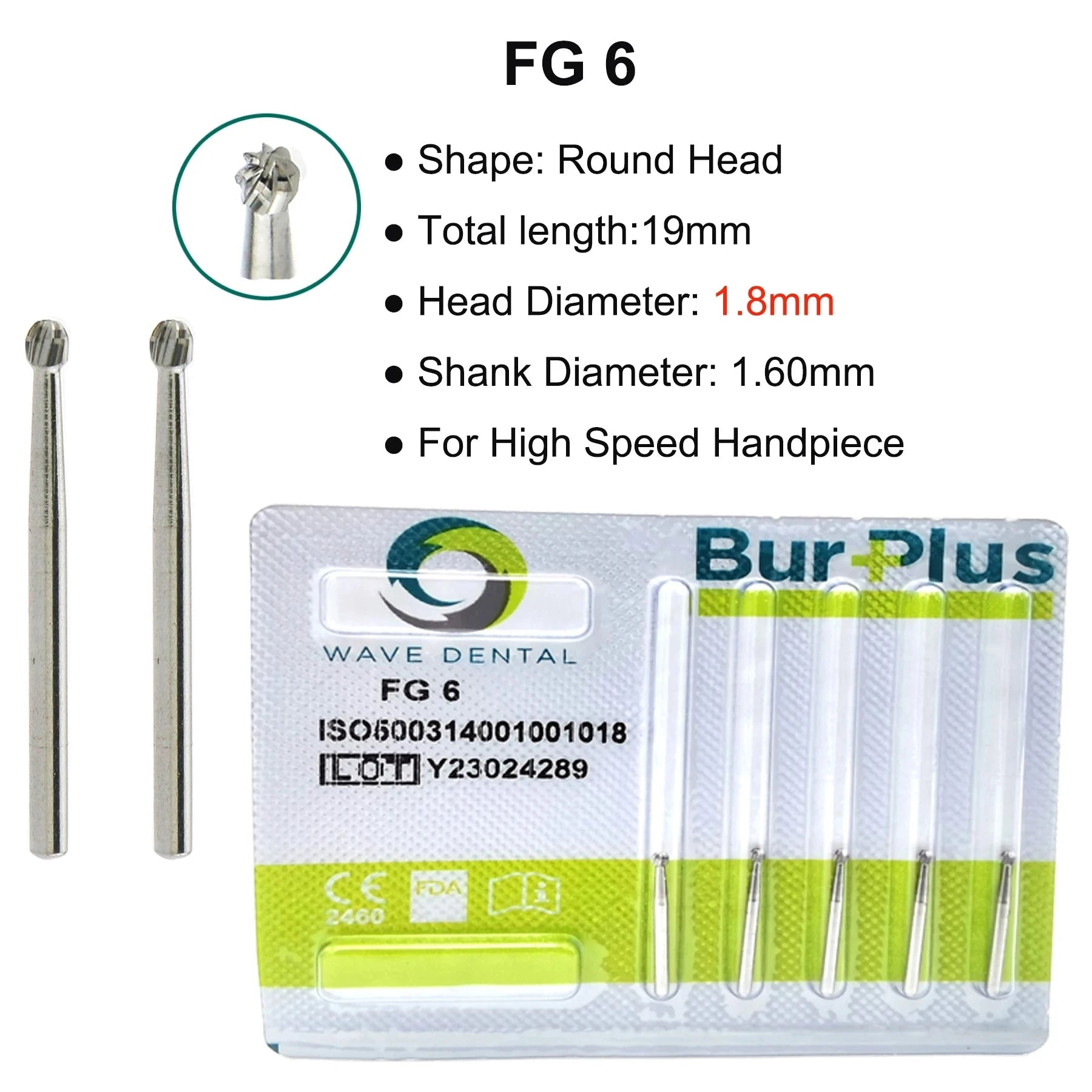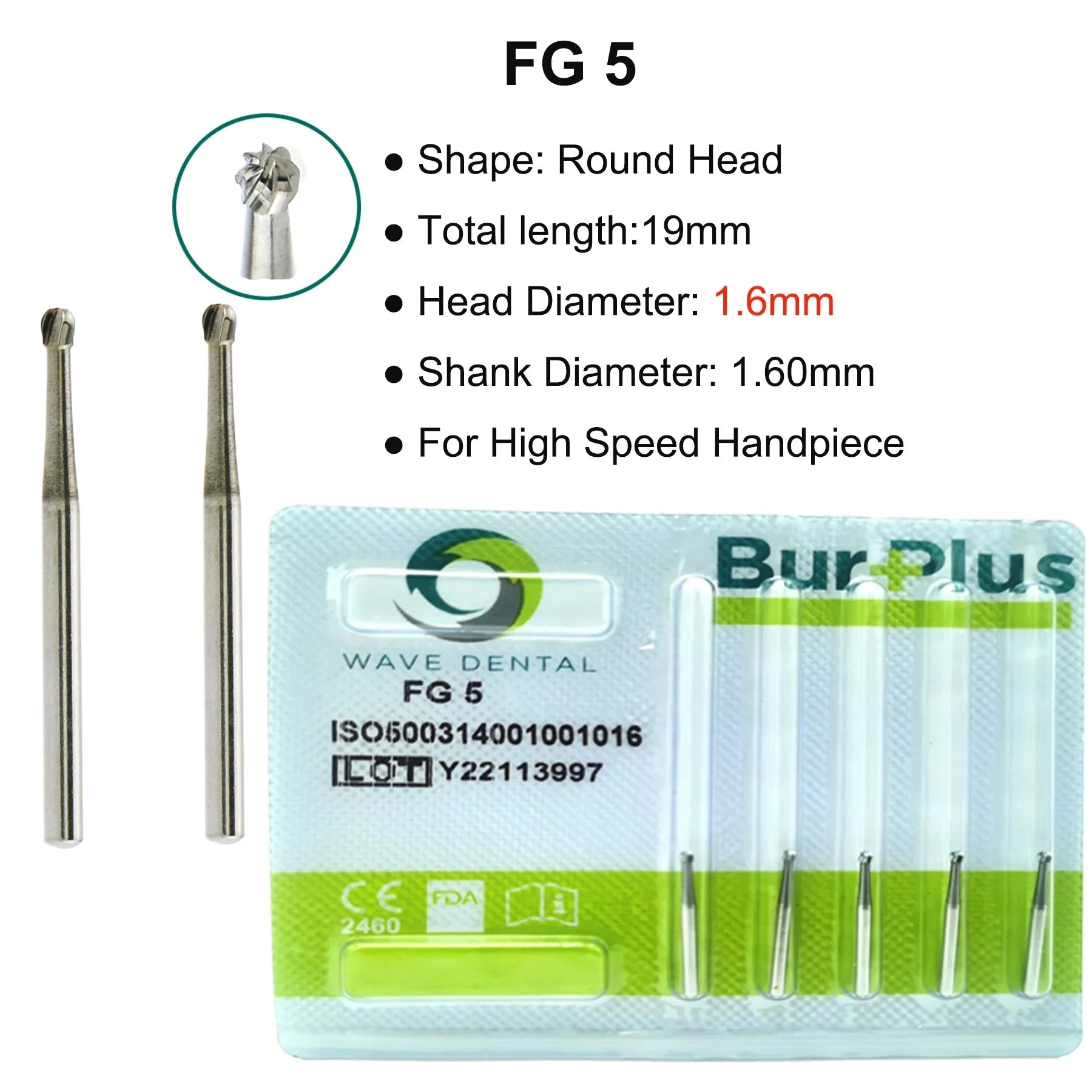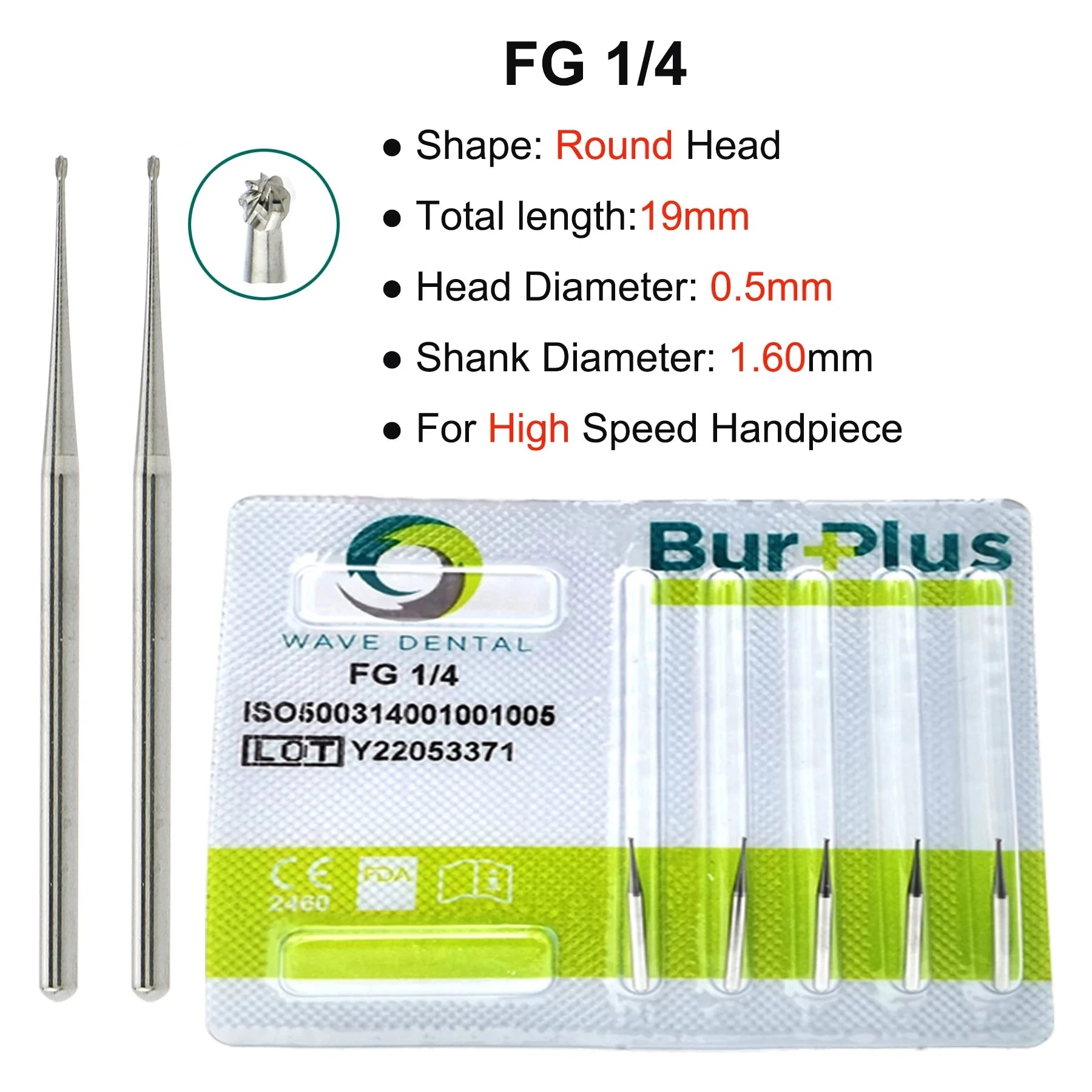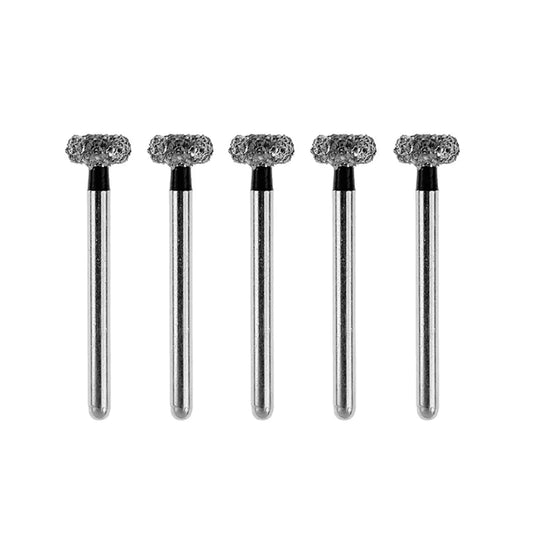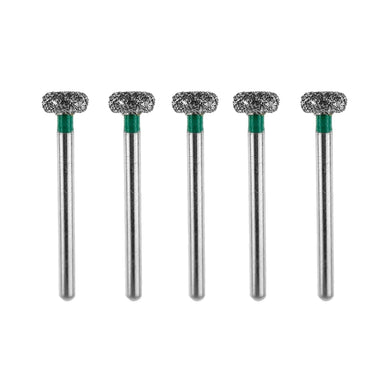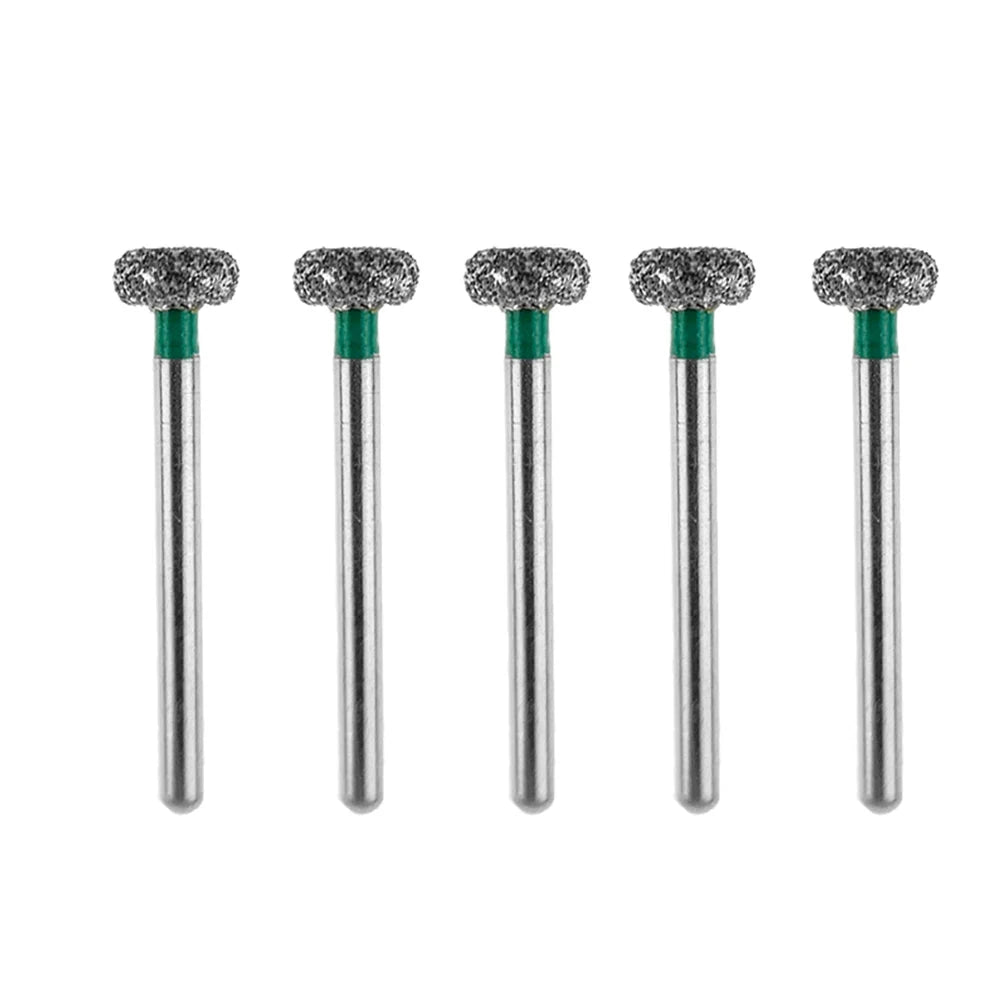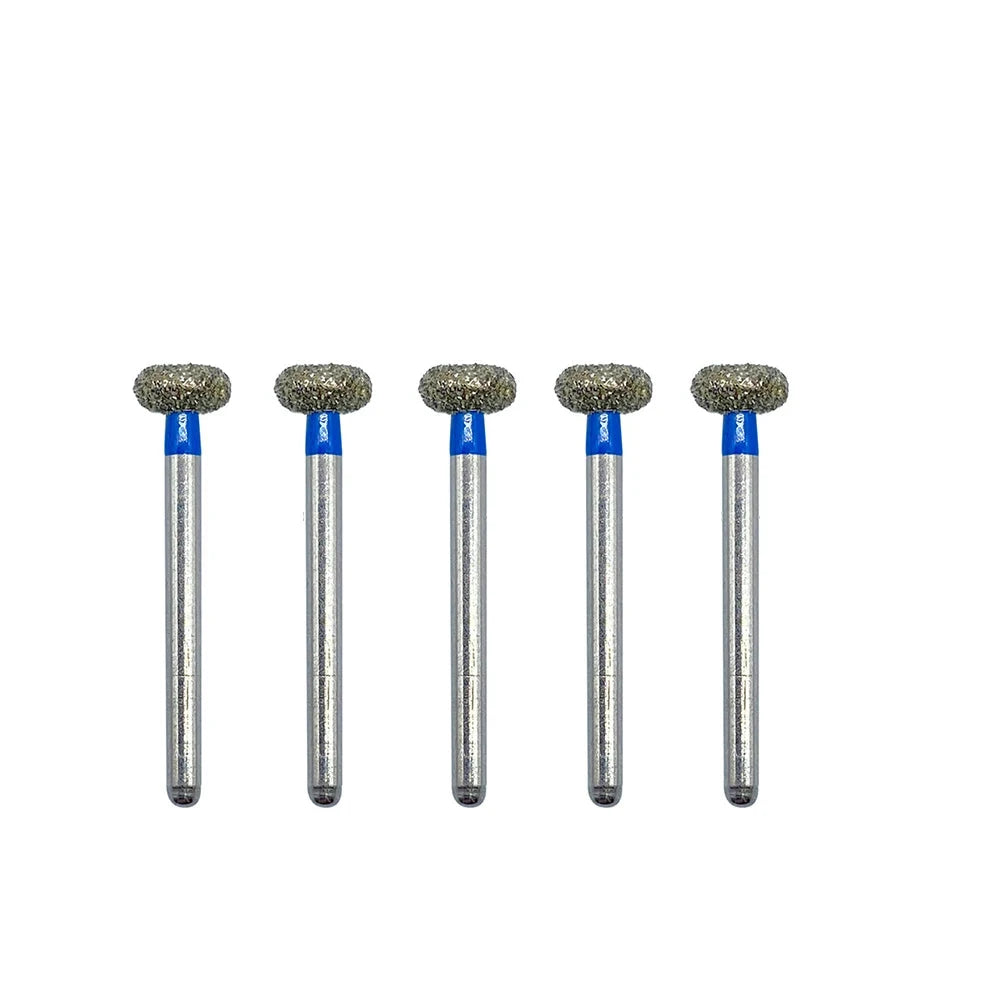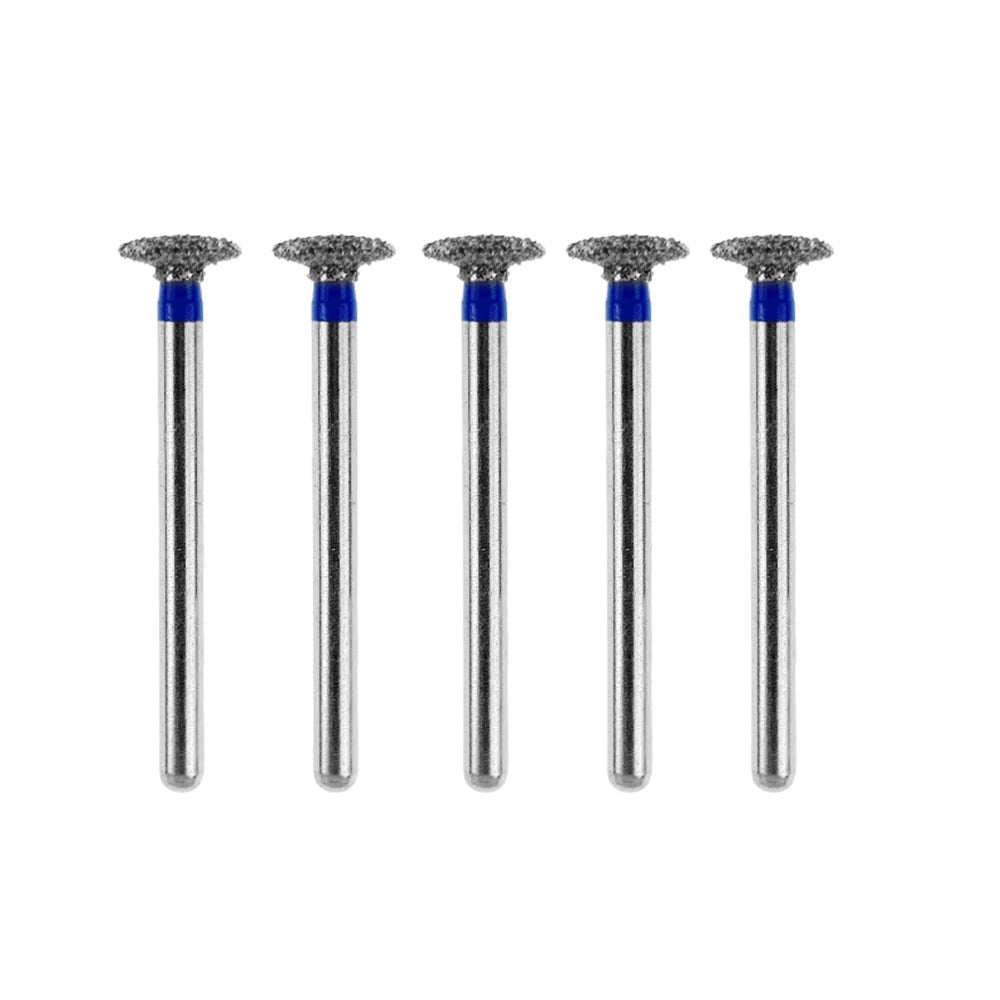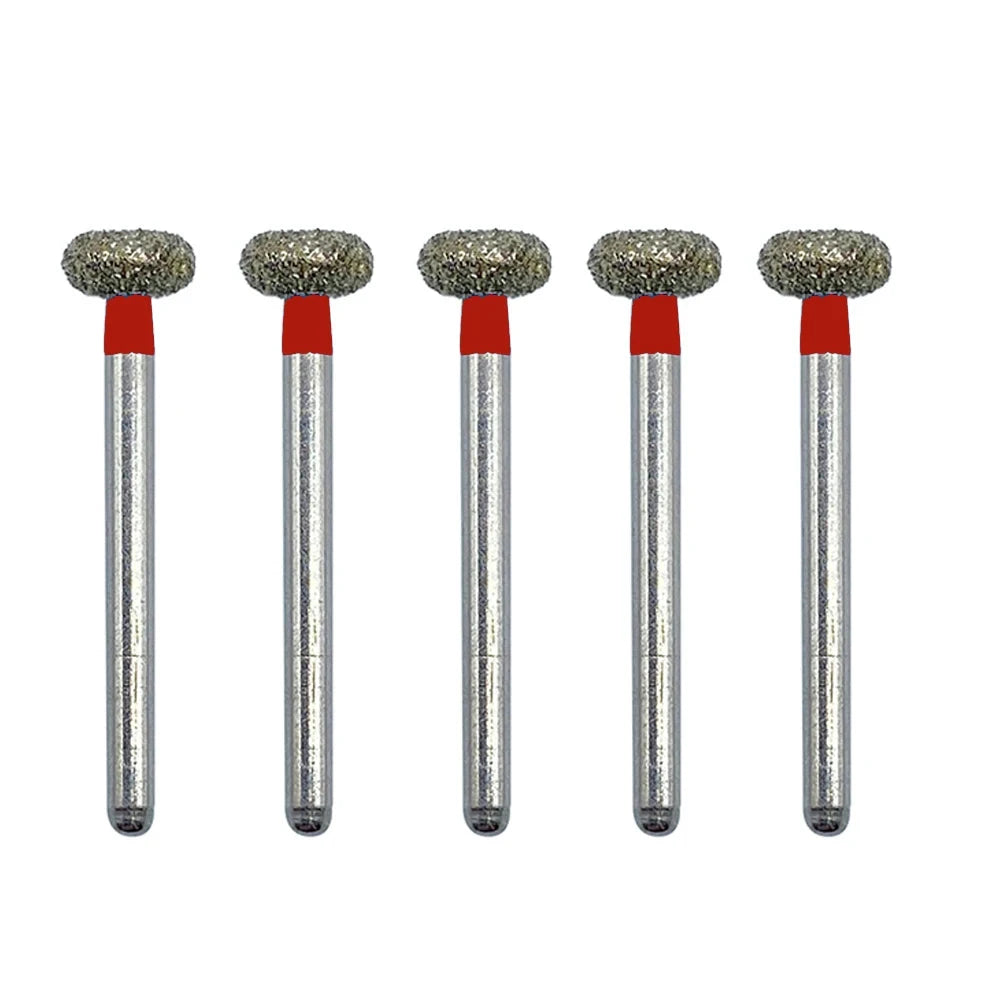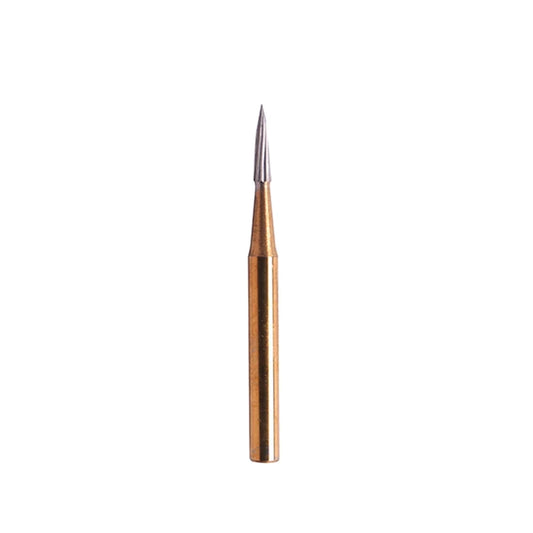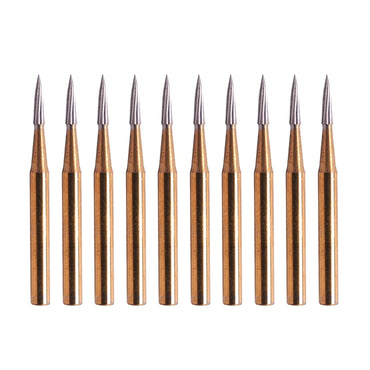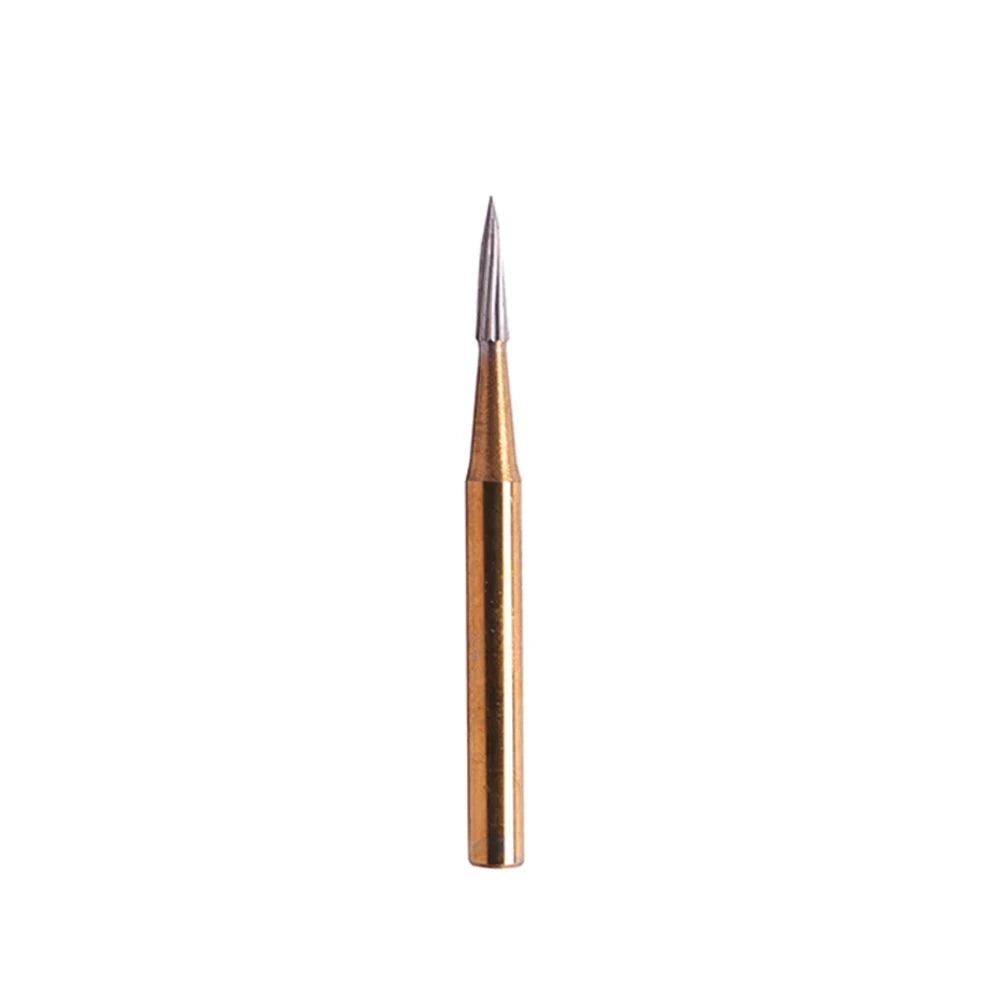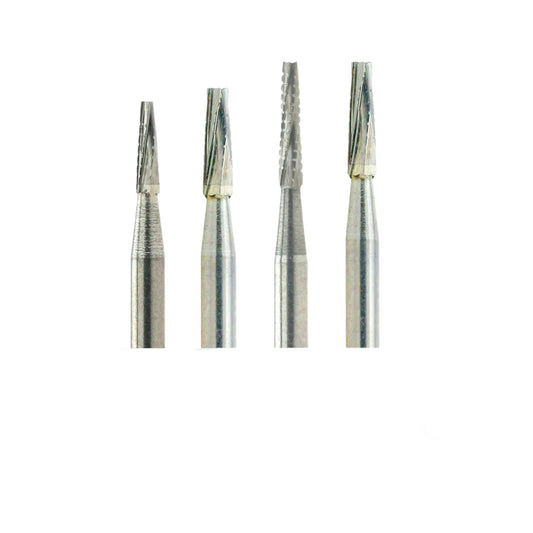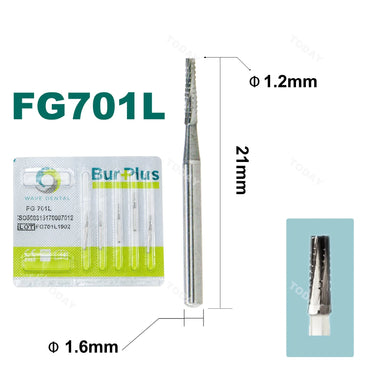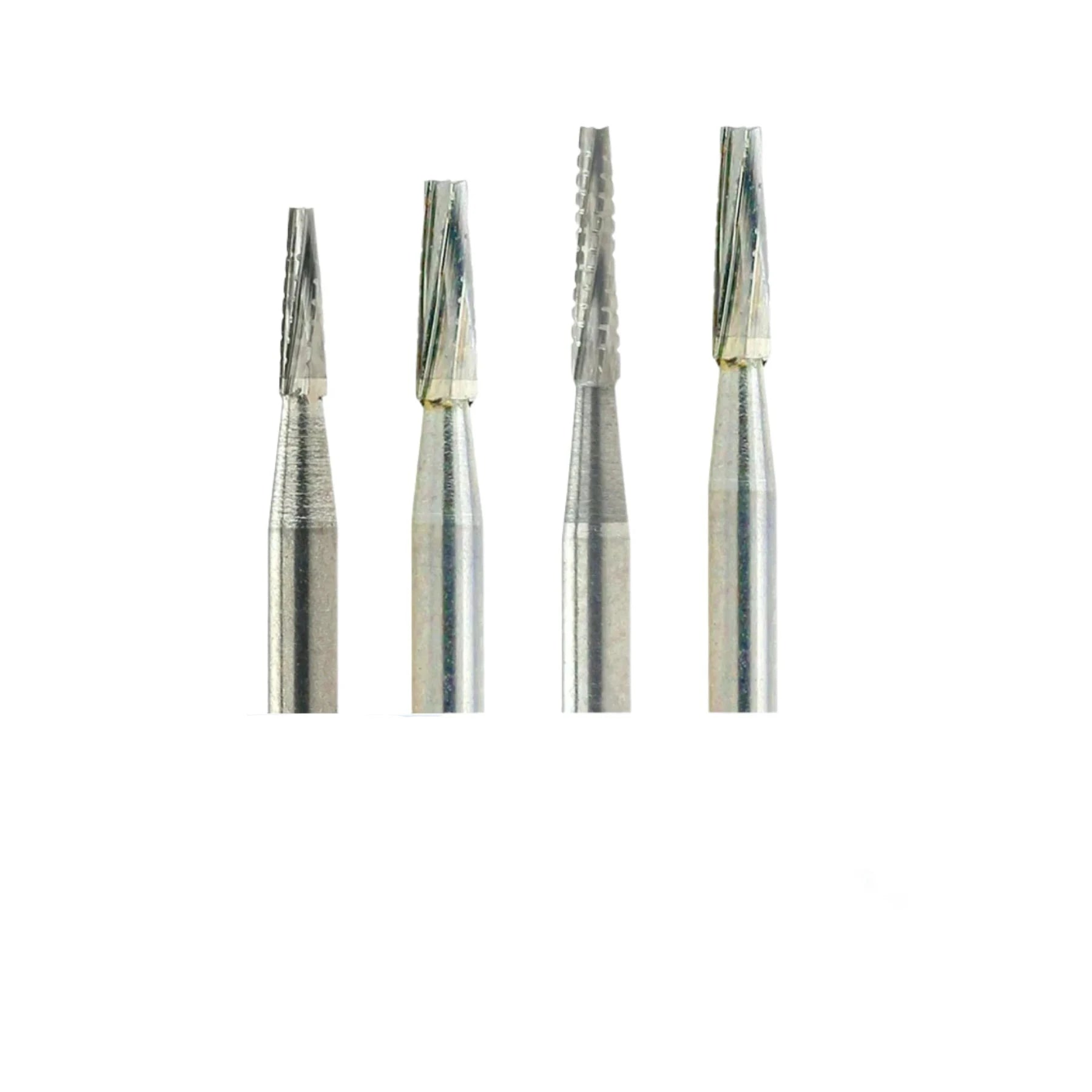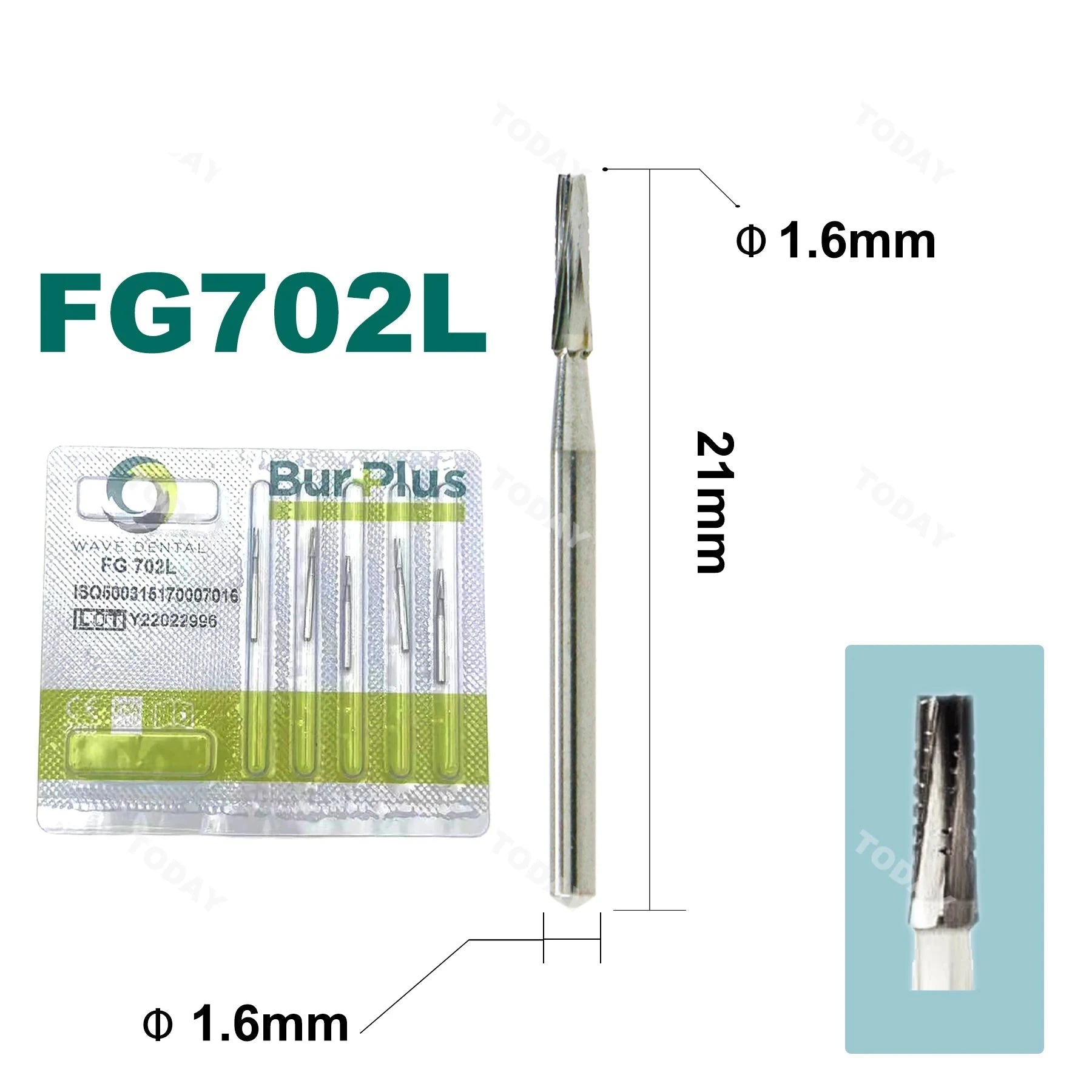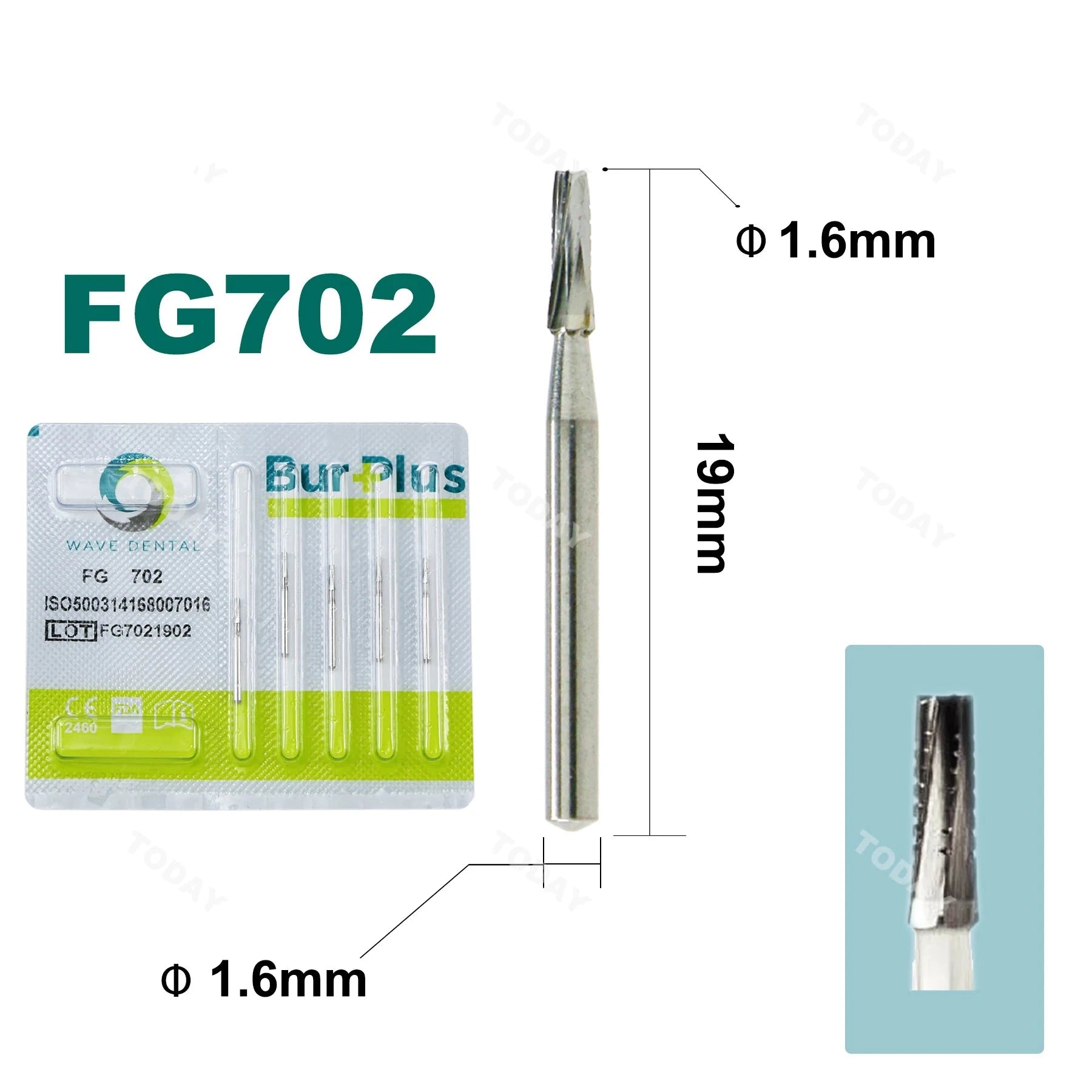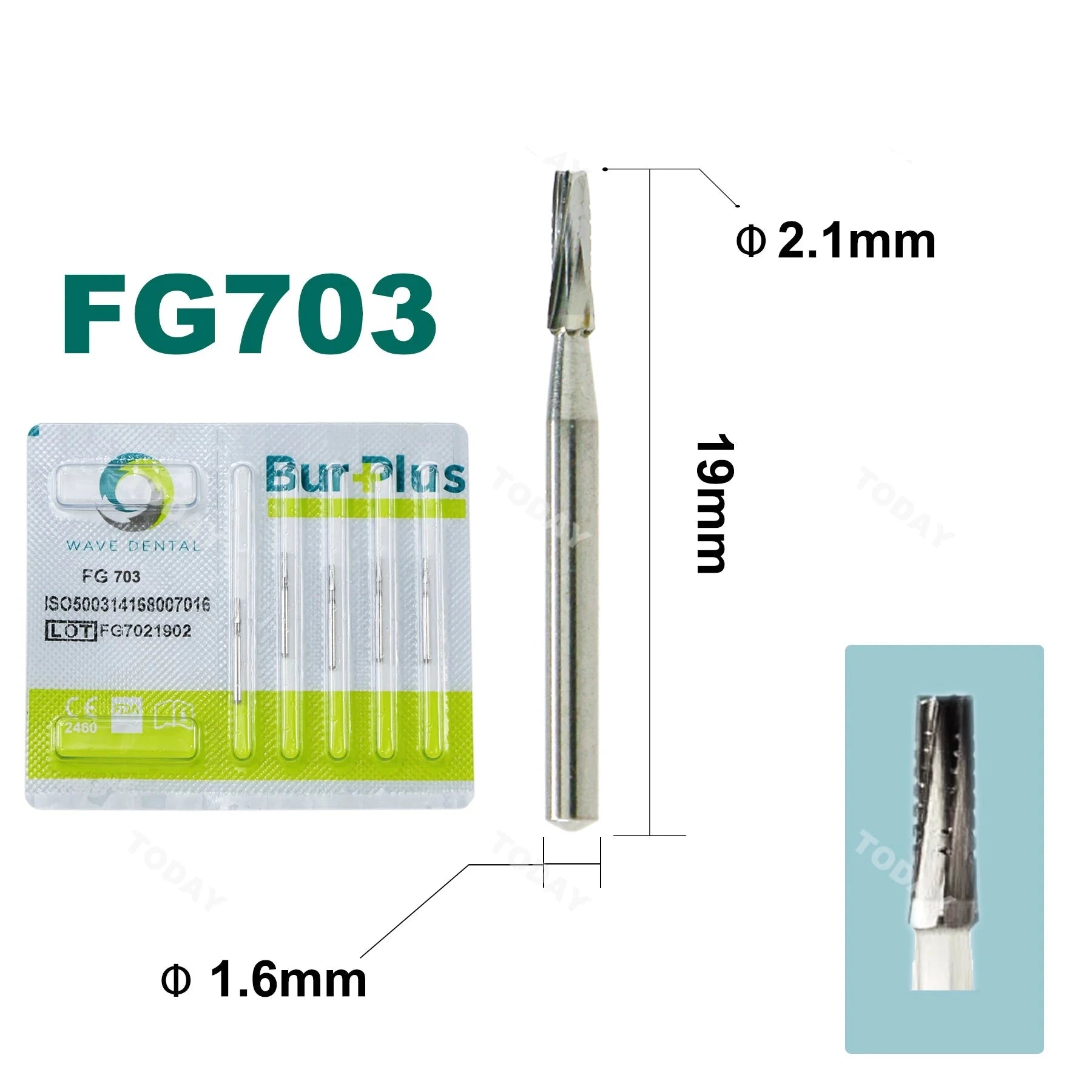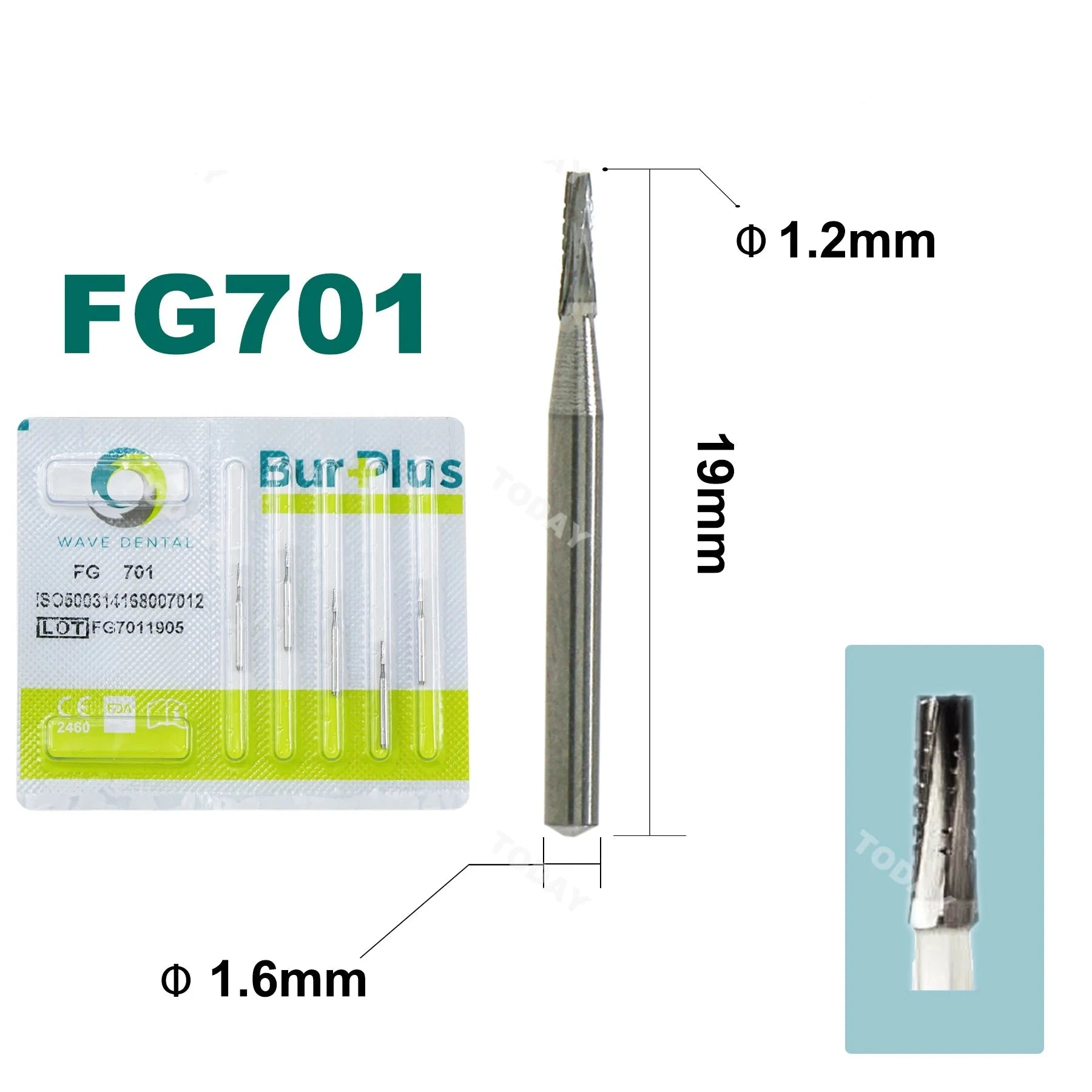In recent years, the advancements in dental materials have transformed restorative dentistry. Two of the most significant materials in CAD/CAM technology are Ingot Press and Lithium Disilicate. Both are widely used for creating dental restorations like crowns, bridges, and veneers, but they have distinct properties that influence their selection depending on the clinical situation. Understanding the differences between Ingot Press and Lithium Disilicate is crucial for dental providers aiming to deliver optimal patient care.
Composition and Properties
Lithium Disilicate is a glass-ceramic known for its high strength and excellent aesthetics. It is composed of quartz, lithium dioxide, phosphor oxide, alumina, potassium oxide, and other components that contribute to its durability and translucency. Lithium Disilicate is particularly appreciated for its ability to mimic the natural appearance of teeth, making it a preferred choice for anterior restorations. It offers a flexural strength of around 360-400 MPa, making it suitable for a wide range of restorations, from thin veneers to three-unit bridges.
On the other hand, Ingot Press is a broad term that refers to ceramic materials used in the pressable ceramic technique, which includes, but is not limited to, Lithium Disilicate. Ingot Press materials can vary widely, but they typically offer a balance of strength and aesthetics. These ingots are pressed into molds under high temperatures to create restorations, providing a level of customization that is beneficial for specific clinical needs. The strength of pressable ceramics can range from 120 MPa to over 400 MPa, depending on the material used, making them versatile but requiring careful selection based on the clinical application.
Aesthetics and Versatility
When it comes to aesthetics, Lithium Disilicate is often favored due to its superior translucency and ability to blend seamlessly with natural dentition. It can be layered or stained to achieve a highly individualized and lifelike appearance. This makes it particularly useful for restorations in the anterior region, where aesthetics are paramount. Additionally, Lithium Disilicate can be milled using CAD/CAM technology, allowing for precise, efficient fabrication of restorations in the dental office.
Ingot Press materials, depending on their composition, can also offer excellent aesthetics, though they may require more labor-intensive techniques like layering to achieve the same level of translucency as Lithium Disilicate. However, pressable ceramics provide flexibility in terms of material choice, allowing dental providers to select an ingot that best matches the patient's needs, whether that is strength for posterior restorations or translucency for anterior work.
Clinical Applications and Longevity
Lithium Disilicate has gained a reputation for its reliability and is often the material of choice for single-unit crowns, veneers, inlays, onlays, and even some bridges. Its strength and aesthetic qualities make it suitable for both anterior and posterior restorations, though care should be taken in high-stress areas. The longevity of Lithium Disilicate restorations is well-documented, with studies showing success rates exceeding 95% over ten years.
Ingot Press Materials depending on the specific ceramic used, can offer similar longevity, though this is contingent on appropriate case selection and adherence to recommended preparation and bonding protocols. The pressable technique allows for the fabrication of restorations with minimal internal flaws, potentially enhancing the longevity of the restoration. However, the manual nature of the pressing process can introduce variability, making it crucial that dental providers work with skilled laboratory technicians.
Choosing between Ingot Press and Lithium Disilicate in CAD/CAM technology depends on various factors, including the specific clinical scenario, the aesthetic demands of the case, and the desired longevity of the restoration. While Lithium Disilicate is often the go-to for its balance of strength, aesthetics, and ease of use in CAD/CAM systems, Ingot Press materials offer flexibility and customization that can be advantageous in certain situations. For dental providers, understanding the strengths and limitations of each material is essential to making informed decisions that enhance patient outcomes.






